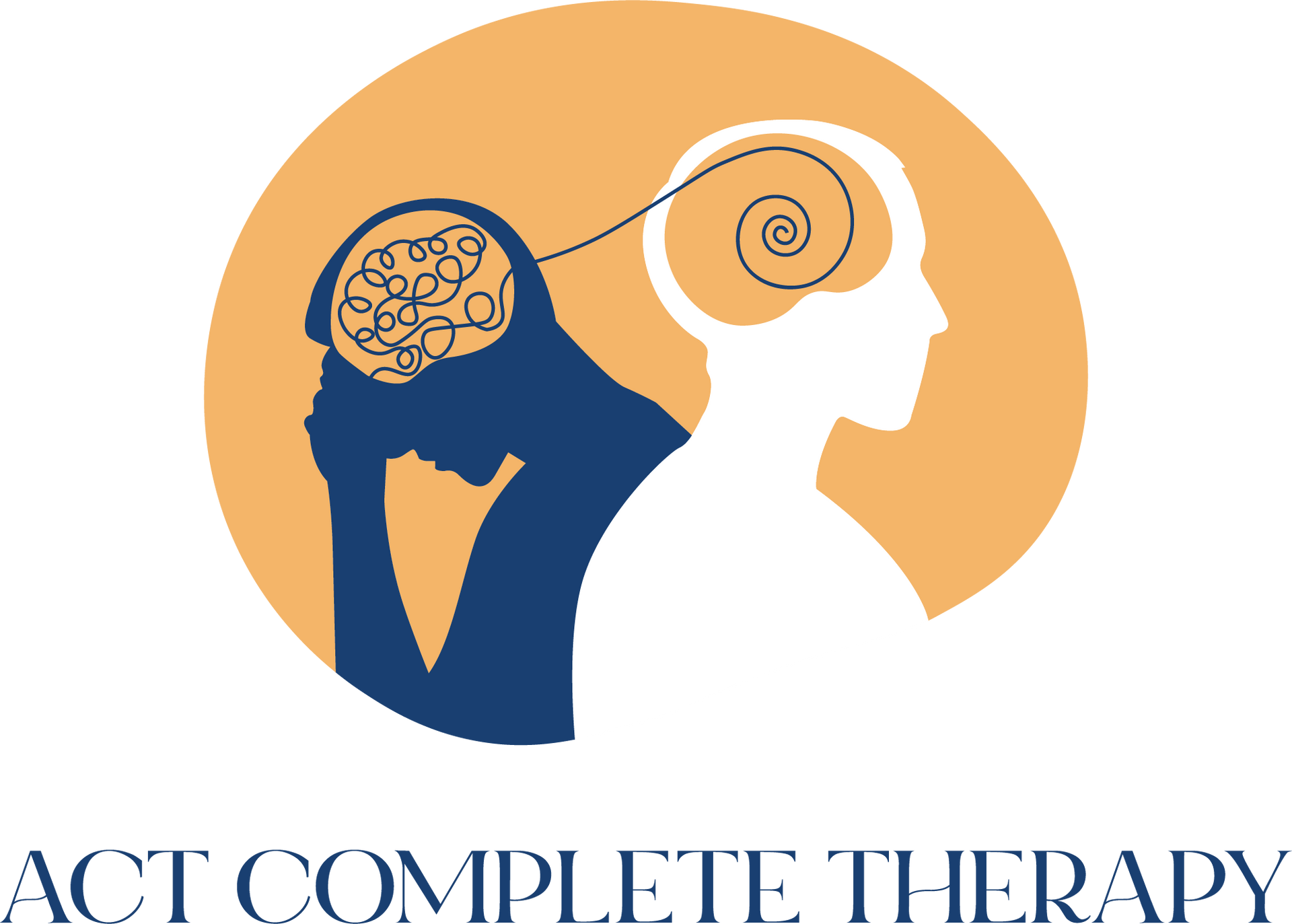Need Help?
Call 0461 517 785

Brief explanation of and evidence of hypnosis
Hypnosis in the way I have studied, developed and practice at ACT Complete Therapy is a permissive trance state that amplifies or de-amplifies specific elements of a client’s experience or situation to build a solution to a client’ s problem. What do I mean by this? If a client was to come in with high anxiety for instance they probably have been focusing on thoughts and feelings that just have not been serving them. It is my job to de-amplify their attention to the wrong thoughts and feelings and amplify and draw attention to their resources to help build a case against the anxiety they had been running. This is done through a series of suggestions, metaphors, utilisations and a range of other techniques that allows the client to come to a realisation that they do have the resources to tackle whatever problem they are facing.
There have been many studies now to prove the effectiveness of hypnosis as a stand-alone treatment and when in combination with other modalities such as strategic psychotherapy. One of the more popular studies by Elena Mendoza and Antonio Capafons from the University of Valencia concluded that the findings of research indicate that hypnosis used as an adjunctive to other medical or psychological interventions increases the efficacy and/or efficiency of these interventions. Moreover, hypnosis efficacy is well established in certain clinical applications, especially pain management and other medical conditions, and there is acceptable evidence of its efficacy in treating depression, sleep disorders, smoking cessation, obesity, asthma, and enuresis in children.
Misconceptions about Hypnosis
The truth is that clinical hypnosis or hypnotherapy has been misinterpreted by movies and television for many years, shaping it to be some kind of mind control. Hypnosis is much more like a guided trance where suggestions, personalised resource and experience is given to the client in a permissive manner. The client then subconsciously searches for meaning in the therapists words in way that serves them best and in a way that serves to overcome whatever problem is being presented.
Hypnosis is also not stage hypnosis or entertainment. In stage hypnosis willing participants are brought up on stage after that have been identified and selected as more suggestable against other members of the audience. The combination of suggestibility and a willingness from the audience member makes it seem as if they are under the spell of the entertainer but in reality, are simply willing to go along with the performance. When I to speak people about hypnosis their immediate thought is either stage hypnosis or an old therapist moving a watch in front of them. As hypnosis grows in popularity these in many fields, generalisations are becoming less common, and people are increasingly starting to realise the benefits.
What to expect in hypnosis
Firstly, each individual experiences hypnosis in differing ways ranging from a light trance all the way through to a deep state. Be aware that you have full control over the session, the therapist is only a guide during hypnosis. Many people describe hypnosis as a relaxed state where they lose some sense of time and space. Although it may not always be relaxing depending on the problem the client has, in fact it may be confronting as they are suddenly having to face their problem head on. I say to clients that hypnosis or trance is far more natural and common than they may realise. We go through trance states every day and multiple times. For instance, driving to work or to a familiar location can be a trance state when we go into an autopilot and begin to tune out some details because we have done it some many times. We may even not notice towns or streets we drive through as we are so familiar with the journey. It can be argued that much of our lives is in various trance like states. We are creatures of routine and pattern and with this can create trance like states and we go in and out of them without being conscious of them at all. One of the benefits of hypnosis is actually challenging and breaking patterns you have created for yourself that are simply not serving you anymore.
How hypnosis differs from being asleep.
During hypnosis you remain fully conscious during the sessions, meaning you can take in what the therapist is saying, and you are not falling into unresponsive state. During sessions I get people to sit upright for this reason because lying down can often lead to people falling asleep. Depending on how deep of a trance clients get to during a session people can sometimes only absorb a small percentage of what is said during the hypnosis. This is why I record each session for clients to listen back to during the week which serves to fill the gaps of what was missed the first time around and to embed the lessons that as already taken onboard.
The level to which a client gets to during a hypnosis session varies on several factors from both the therapist and the client. These include what techniques are used during the session, how engaged the client is, if the client is experienced in hypnosis, what topics are discussed etc. These factors determine what brain waves the client reaches during the session and how long they sit in that state. Brainwave activity during hypnosis often shifts to slower frequencies, particularly associated with theta waves, although it can vary depending on the depth of hypnosis.
It may take several sessions for clients to get to deeper level and on the other hand some may reach a delta state immediately. As mentioned, it simply depends. What doesn’t change however is the process I run each hypnosis session starting with getting the client comfortable, then utilising their experience and then using deepeners to get to a desired level of trance. It is after this point where personalised metaphors, stories and suggestions start to enter the frame. Within a very short space of time, sometimes less than a minute, clients have a heightened awareness and receptiveness to what is being said during the session. It must be highlighted that Individuals remain fully aware and in control throughout this process. They are capable of rejecting suggestions that don't resonate with what they are trying to achieve. Hypnosis is a cooperative experience, not a form of mind control or coercion. The therapist acts as a guide, but the person undergoing hypnosis retains full and complete autonomy.
After the hypnosis session
It normally takes people a few seconds to reorient of a hypnosis session, to gather themselves and to collate what has been said during the process. During the session the feedback I have received at ACT Complete Therapy is anything from it felt like a daydream all the way through to out of body type experiences. Some have loved the experience, and some found it uncomfortable, depending of course on what issue was being discussed. All clients have found it beneficial which may not have been fully evident at the time but in the coming days or weeks noticed a shift or complete overhaul toward a positive outcome. This is where hypnosis comes into its own, we are dealing with the subconscious mind and when you deal with the subconscious we are dealing with a space that recognises fact, logic and existing internal resourcing. This is critical in creating lasting change because many people know what they want to change and many even know how they need to change, but there is a major difference in knowing the problem versus having the skills and mechanisms to overcome a problem. Hypnosis gives new tools and mechanisms to create new patterns for people to tackle the problem in an area of the brain that creates permanent and positive change, not just a surface level understanding.


There’s no doubt that life can be difficult. Transformation begins with understanding your mind’s potential and the resources you have for change. Whether we are meeting online via Zoom or in person at my clinic in Canberra, ACT Complete Therapy is here to guide you on your journey towards positive change and a happier, more fulfilled life.
Phone: 0461 517 785
Address
Roland House
5/10 Thesiger Court
Deakin 2600 ACT







